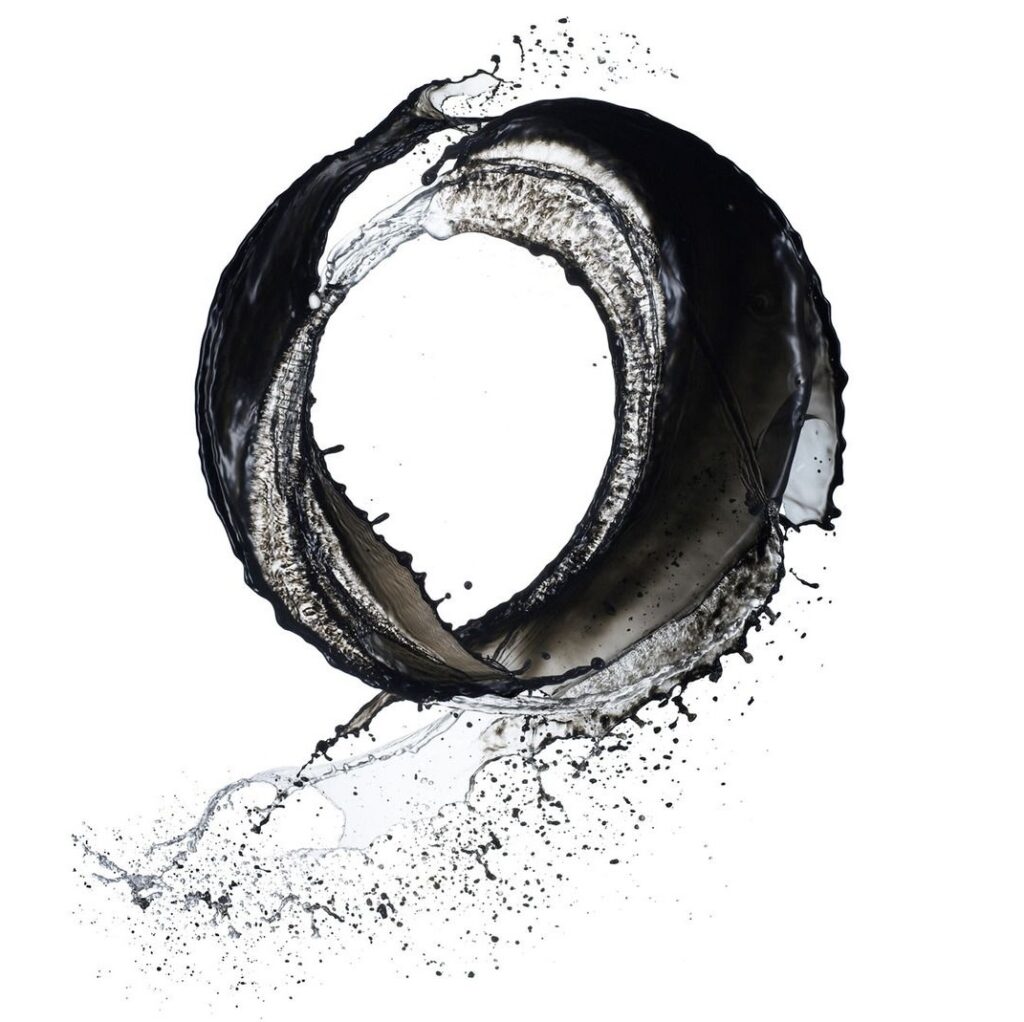
If you have ever crossed a threshold only to suffer beneath a brazen assault of artificial light, or cringed with discomfort when obliged to dine beside an outsized TV, or if you feel trapped in a house that has no tangible connection to the natural world, then you will find both affirmation and consolation in Jinichiro Tanizaki’s meditation on Japanese aesthetics.
It may be however that for you it takes less to induce admiration and dismay. Perhaps you wait patiently for a tea pot to begin showing signs of age because you prefer a pensive lustre to a shallow, over-polished brilliance, or perhaps you are comforted by the warmth and texture of antique timber, and if old objects in old houses are for you a source of quiet repose, then you are likely to enjoy exploring Tanizaki’s meandering prose, which always and invariably inclines into the dark.
Tanizaki’s In Praise of Shadows, which in the spirit of Japanese sparseness runs to less than eighty pages, was originally published in 1933, and while it emerged beneath the glare of mass-produced electric globes, it looks thoughtfully back in time through deepening layers of cosseted half-light into an edifice of paper-walled rooms through which ancestral shades shuffle within a strangely radiant gloom.
It is both in pursuit and praise of this singular and culturally specific gloom that Tanizaki embarks on a series of personal observations over the course of which he illustrates the collision between an ancient tradition of Japanese aesthetics and imported, technologically influenced Western aesthetic ideals, with a special focus on notions of beauty as they pertain to the presence, absence and quality of ambient light.
Although covering an impressively varied range of subject matter including architecture and cinema, crystals and cosmetics, cuisine and tableware, bordellos and kabuki theatres, it is when comparing Eastern and Western writing materials and implements that Tanizaki’s reflections reach an apotheosis of subtlety. Of writing paper Tanizaki observes:
Western paper turns away the light, while our paper seems to take it in, to envelope it gently, like the soft surface of a first snowfall.
Japanese paper, he also observes, produces no sound when crumpled or folded, and is as quiet and pliant to the touch as the leaf of a tree. Moreover, such paper ‘gives us a certain feeling of warmth, of calm and repose’, whereas Western paper, which is largely mass produced, is viewed as no more than a product to be used.
This phenomenological reading of paper reveals an encompassing aesthetic that extends beyond the written word to include the material upon which the writing is inscribed, and according to which the merely serviceable pales beside an older, nobler and richer alternative: one that not only engages the active imagination but also induces emotional states through manifest beauty. In this way, the crumpling of paper jars when compared to a soothing silence, and a hard reflection repels whereas a snow-like surface acts to draw the writer in and provides a more worthy ground for the drama of the written word.
One finds, nonetheless, a yet deeper subtlety in the subject matter’s arrangement. Unlike a Western essay, with its rigidity of structure and array of staged conclusions, Tanizaki’s composition is altogether casual and inconclusive, conforming to a style the Japanese refer to as Zuihitsu, which denotes a form of writing that literally ‘follows the brush’. As the co-translator of the English edition of In Praise of Shadows observes:
One of the oldest and most deeply ingrained of Japanese attitudes to literary style holds that too obvious a structure is contrivance, that too orderly an exposition falsifies the rumination of the heart, that the truest representation of the searching mind is just to ‘follow the brush’.
And what is this ‘following the brush’ if not a conscious turning away from the starchy white glare of a crystallised literary form in favour of a more shadowy style guided by authorial intuition. In following the same literary tradition that produced The Pillow Book, Tanizaki lets the inked-up brush direct the flow of his thoughts towards a truth that eschews what is artificially constructed in favour of more immediate responses to the author’s here and now. Of course the tendency to ‘follow the brush’ is not exclusively Japanese. To give but one example, the French philosopher of science Bachelard, for whom the blank page was a universe and the pen an extension of the mind, once observed that:
when my pen leaks, I think awry.
This influence of physical implement on human consciousness is something Tanizaki reflects upon when he considers the widespread introduction of the fountain pen, which, during his lifetime, almost wholly replaced the Japanese writing brush. Tanizaki speculates that was it not for the Japanese uptake in this regard:
our thought and our literature might not be imitating the West … but might have pushed forward into new regions quite on their own. An insignificant little piece of writing equipment … has had a vast, almost boundless, influence on our culture.
Thus Tanizaki discloses a thought-provoking supposition as he releases vanished potential like a whisper of moths into the air; and while In Praise of Shadows is certainly a hymn to a waning aesthetic system, Tanizaki invariably sidesteps all sentimentality, preferring instead to conjure up a half-remembered shadow world: a world fashioned while pursuing an elusive writing brush through the dim paper-walled rooms of some vast, antique and altogether timeless Tokyo townhouse.
Image: Shinichi Maruyama, Kusho #1, 2006.
